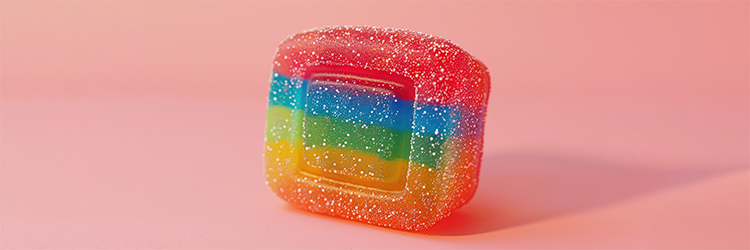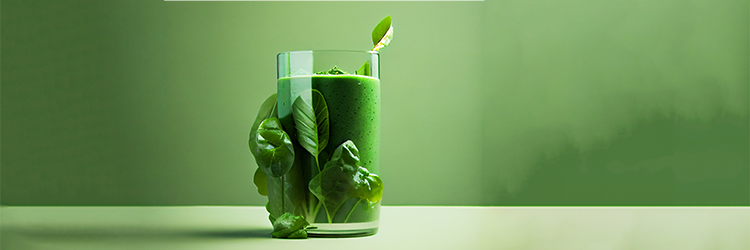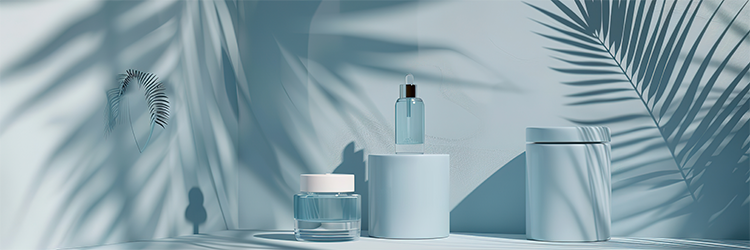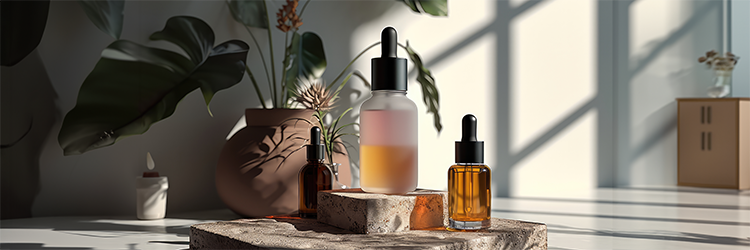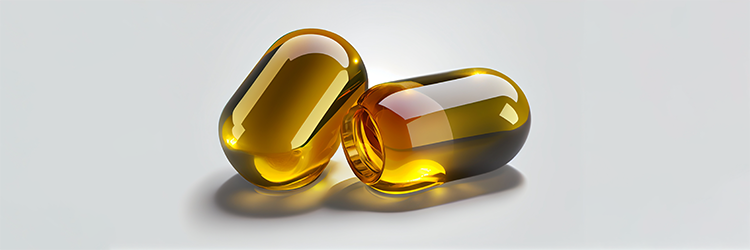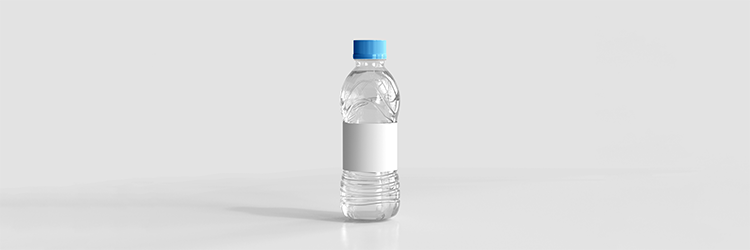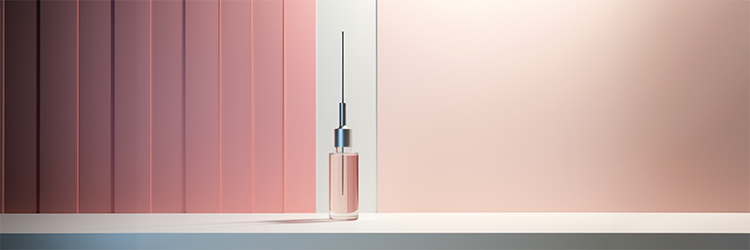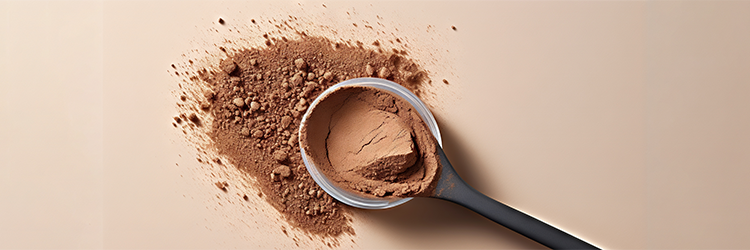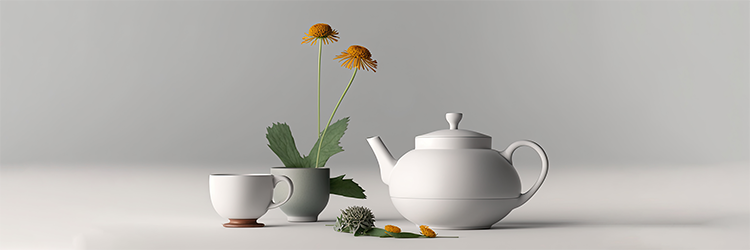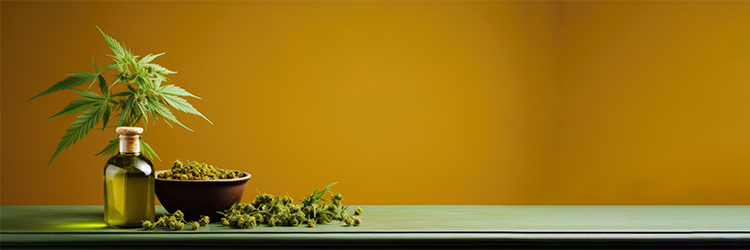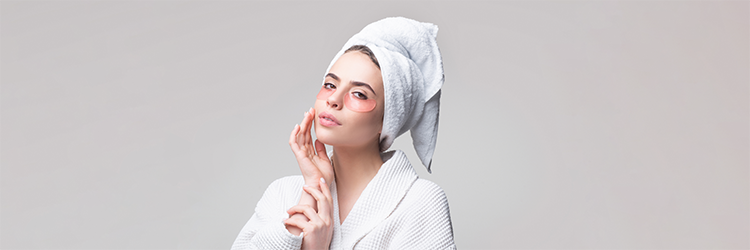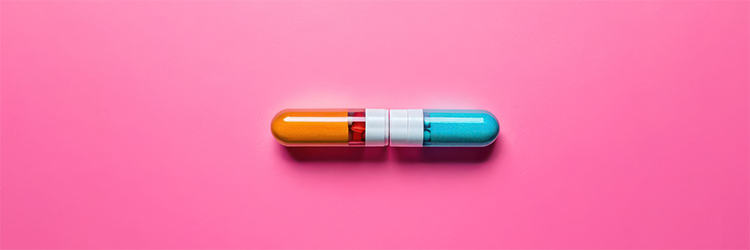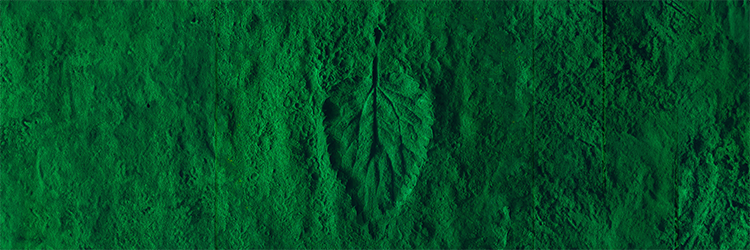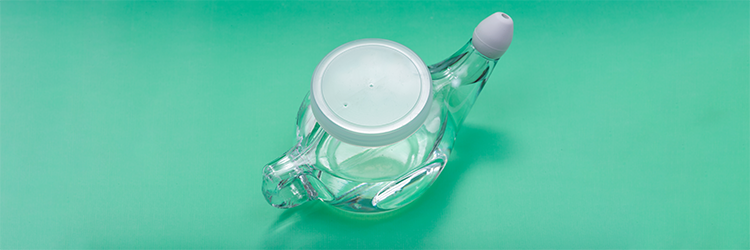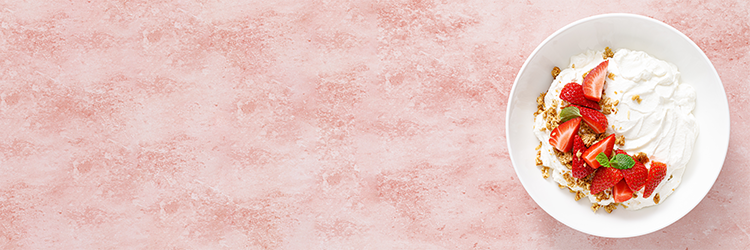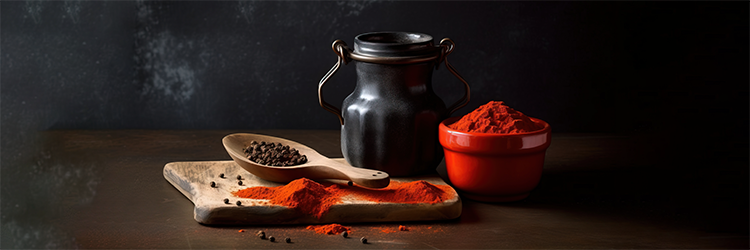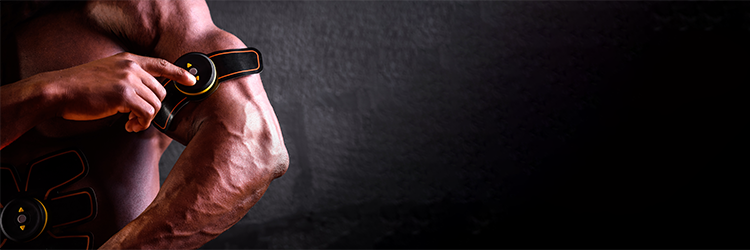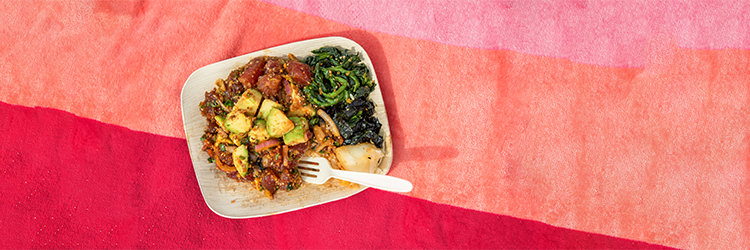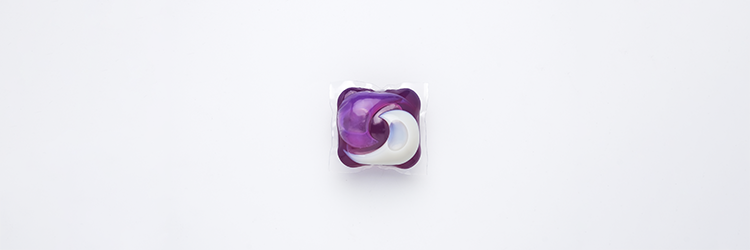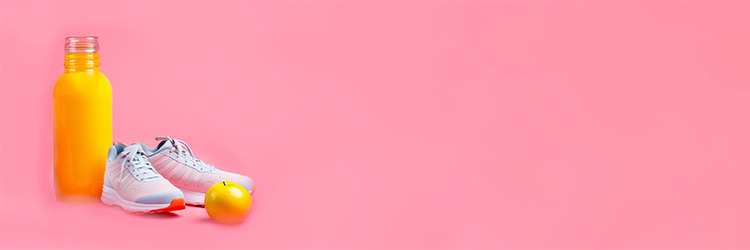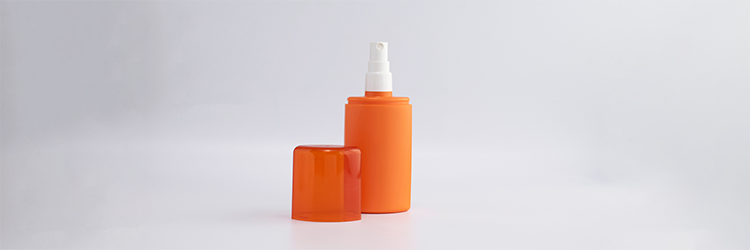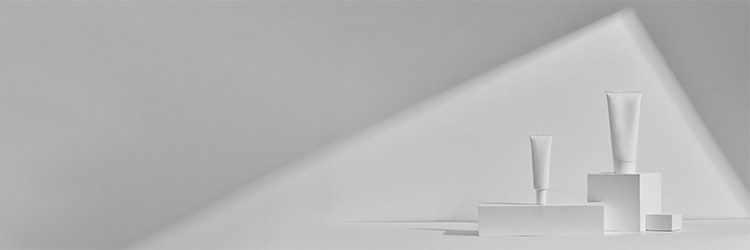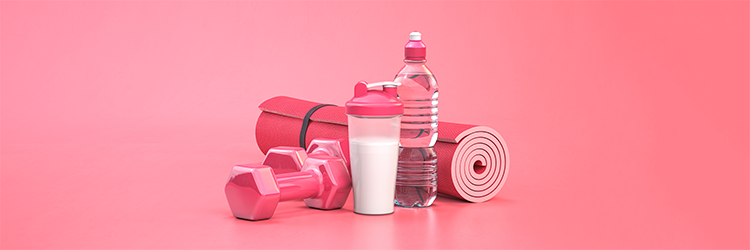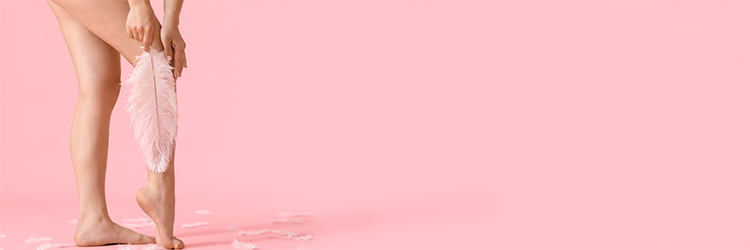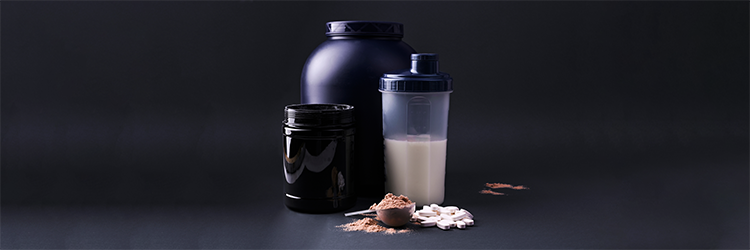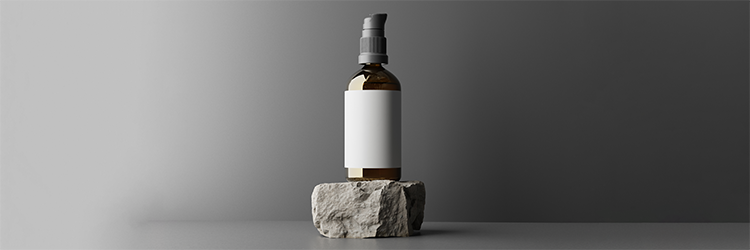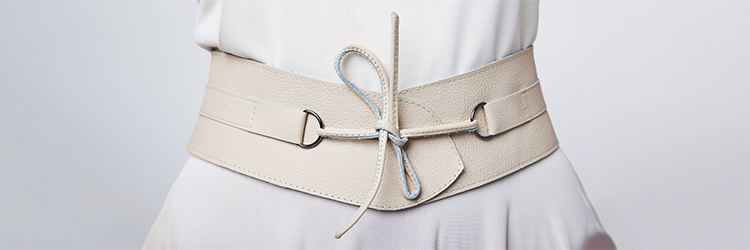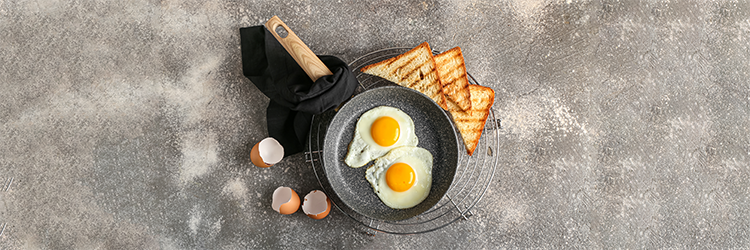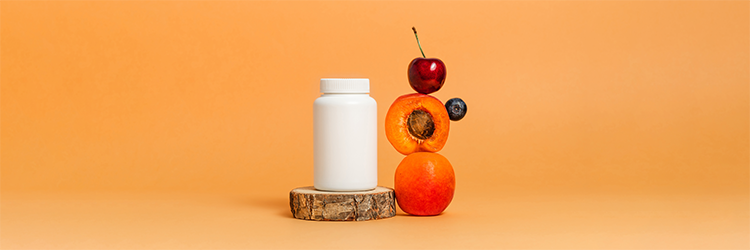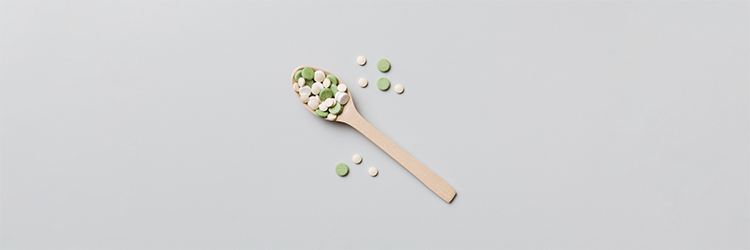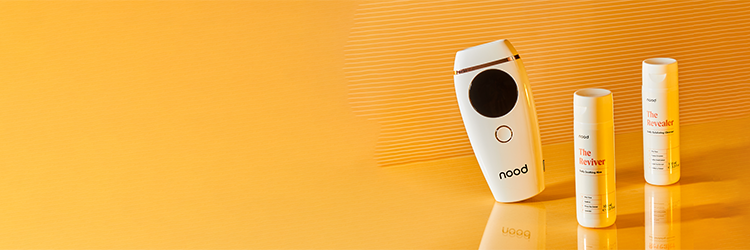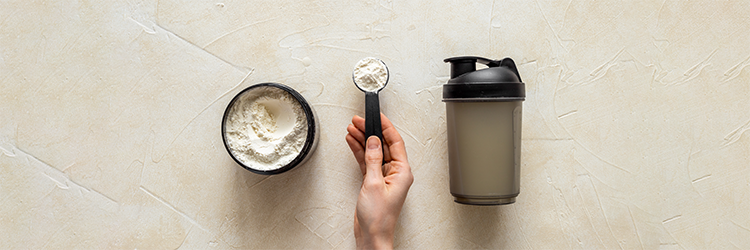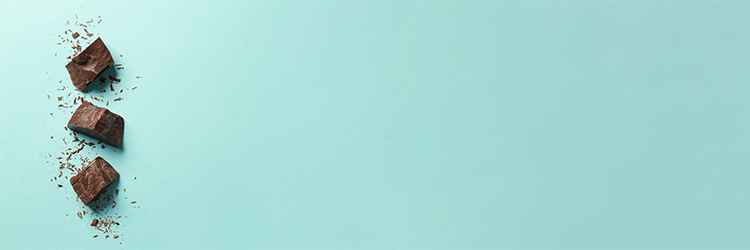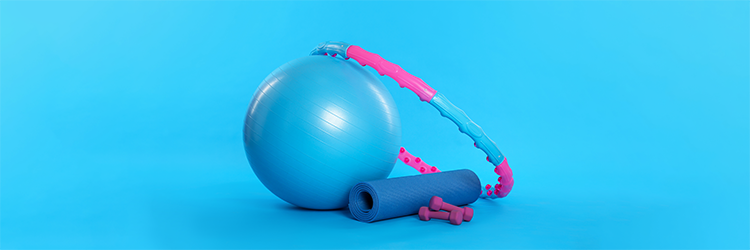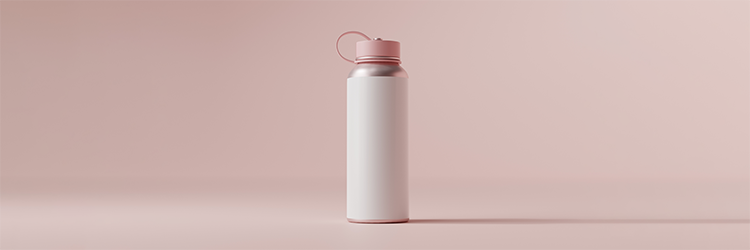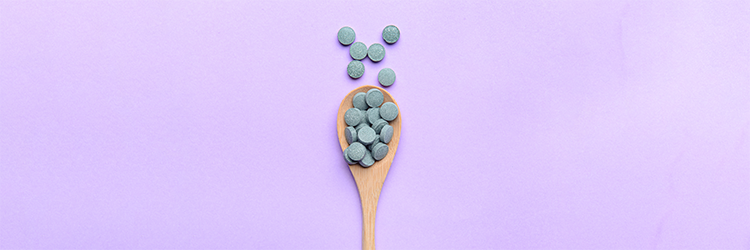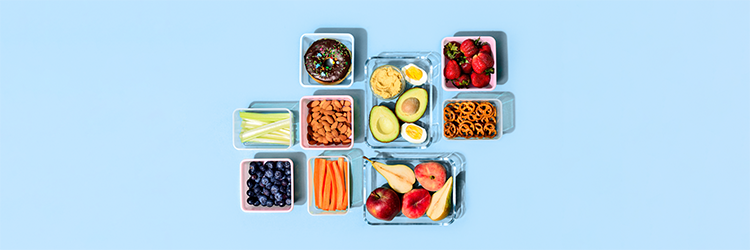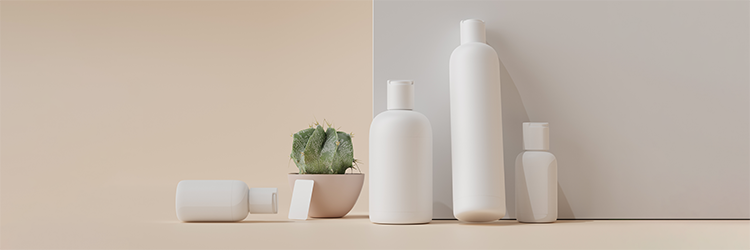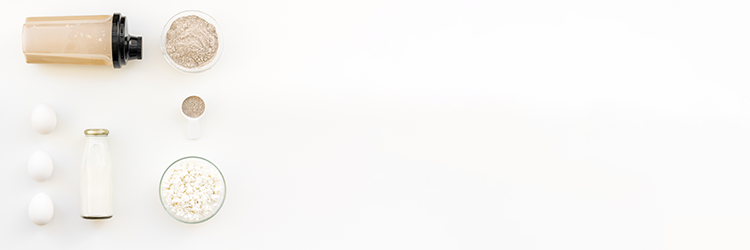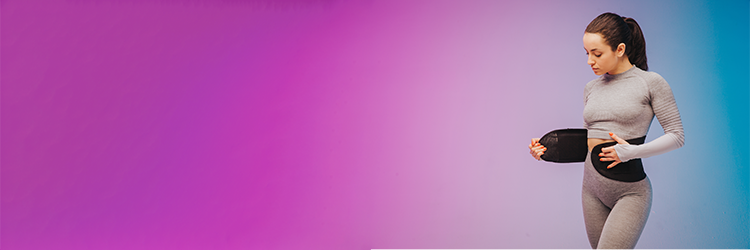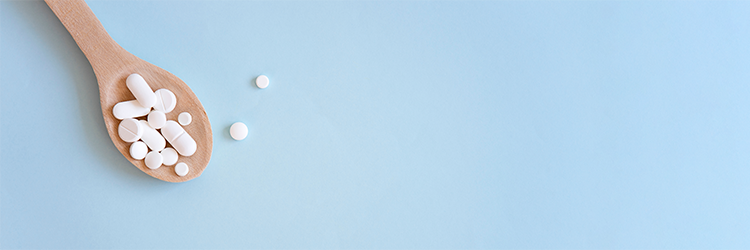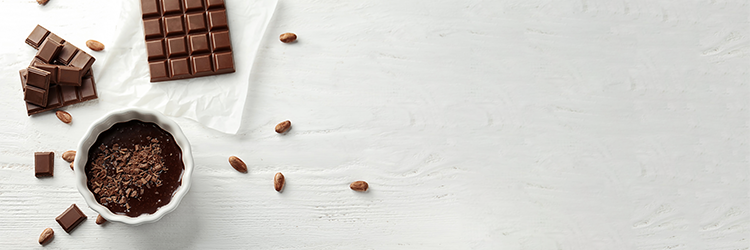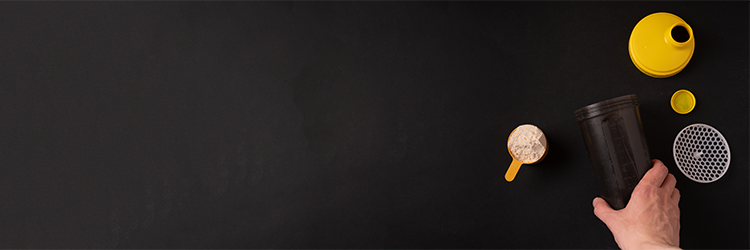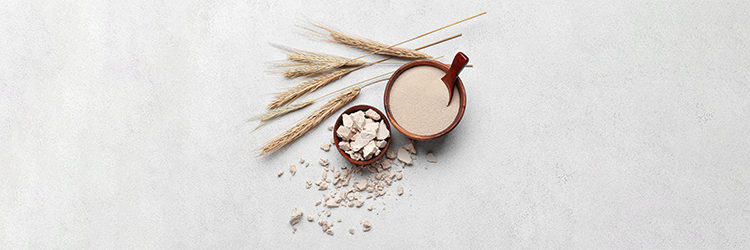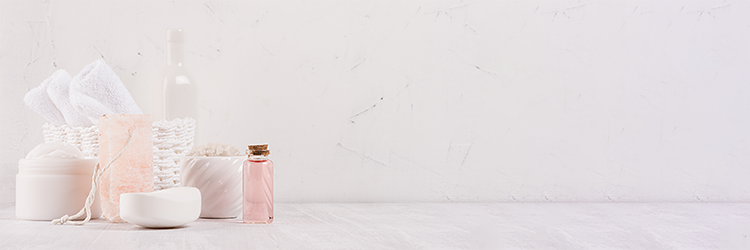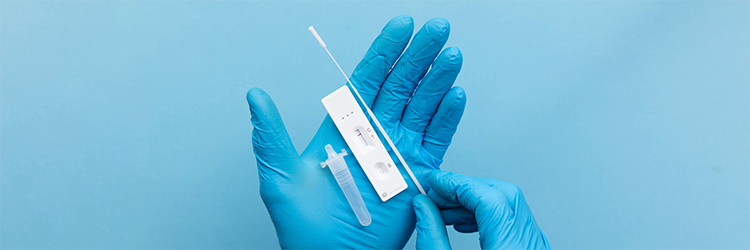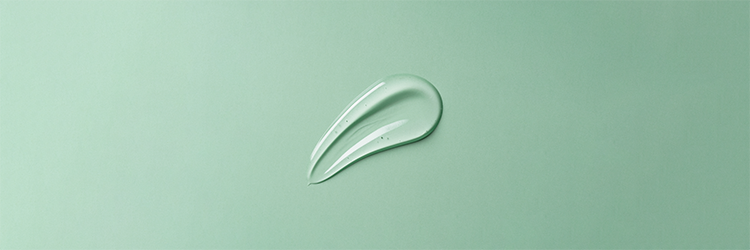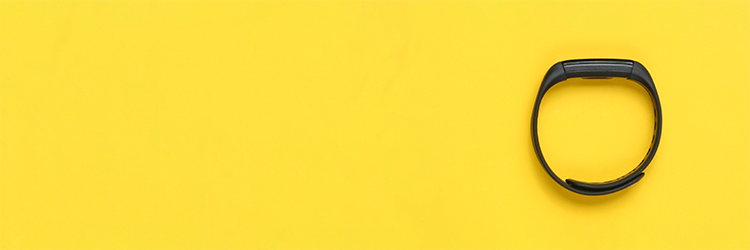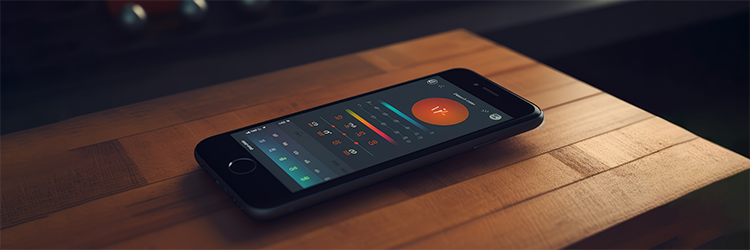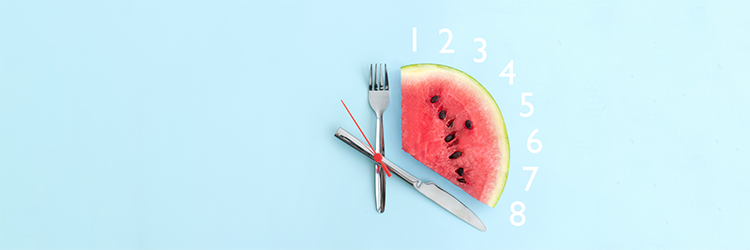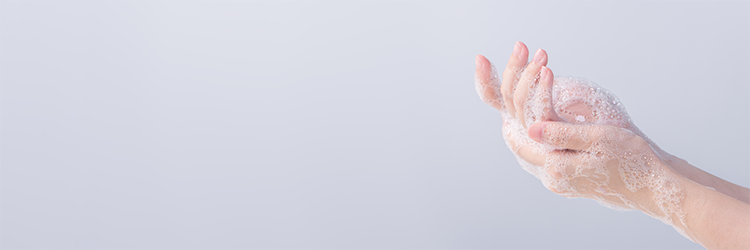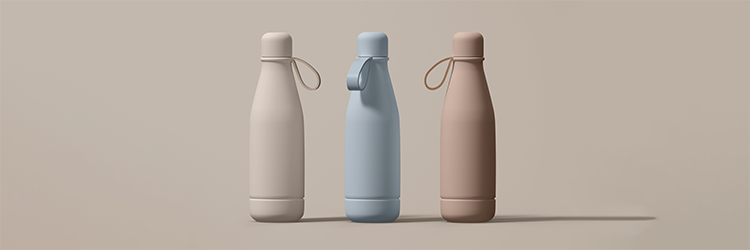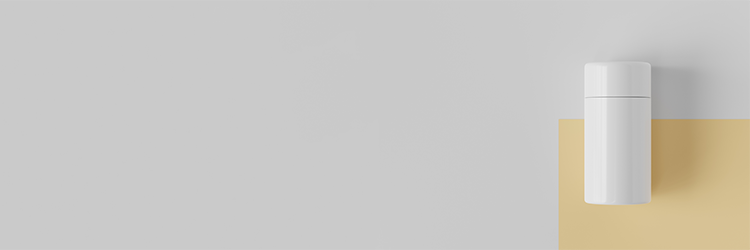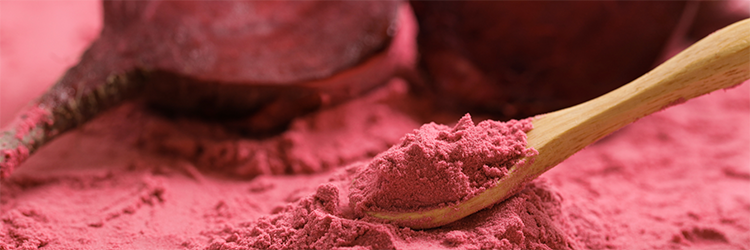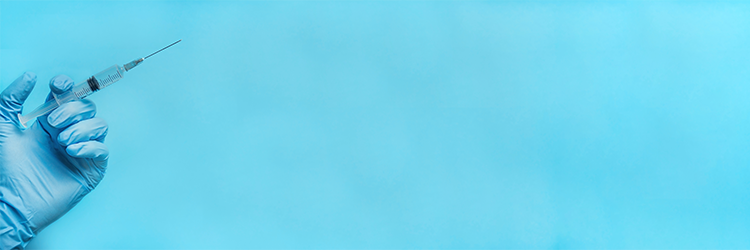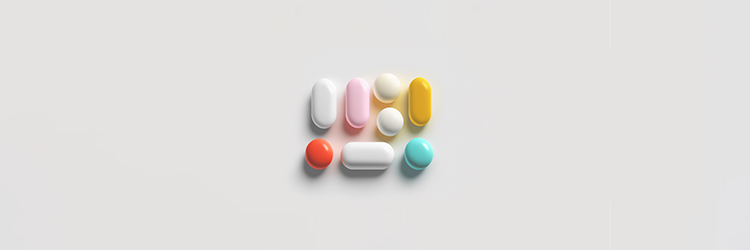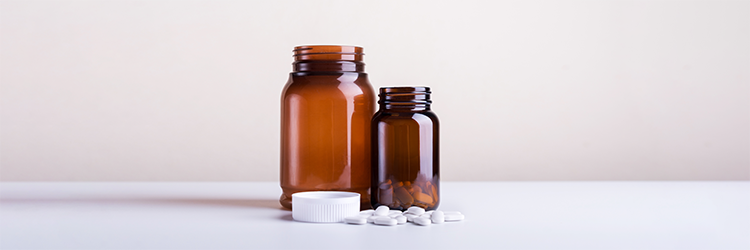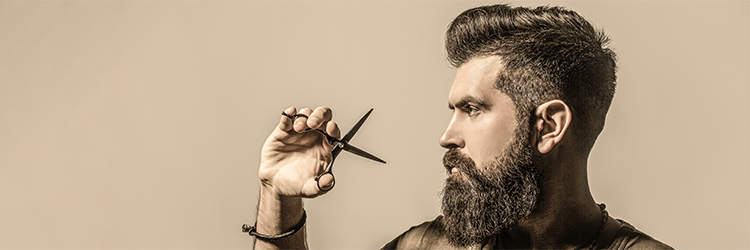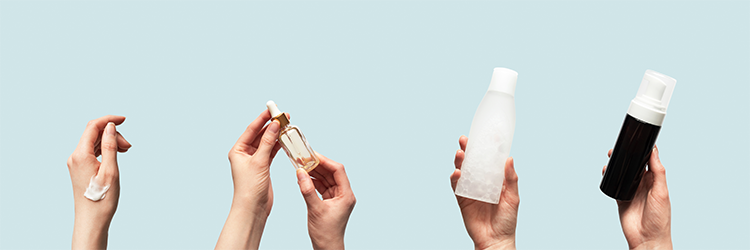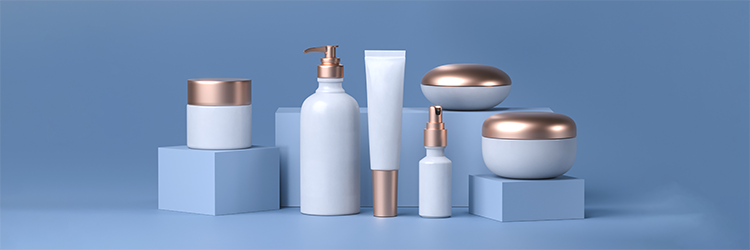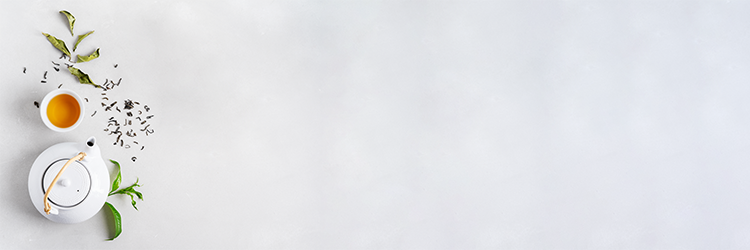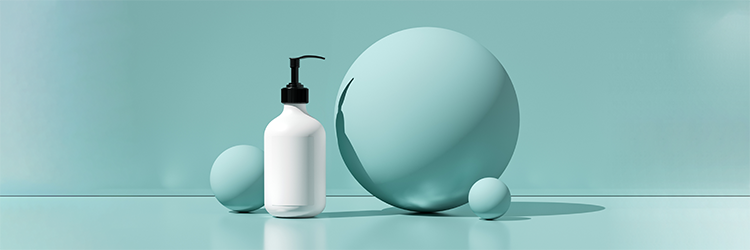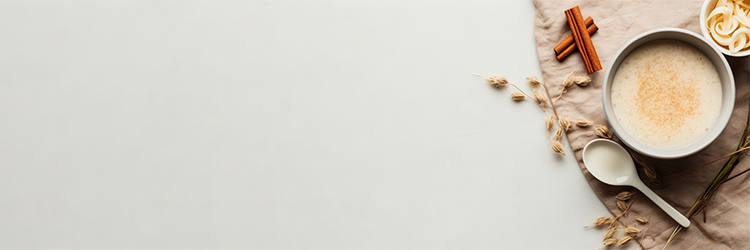
Zleep is a wellness brand that makes topical patches used to improve sleep quality. The brand claims that their “skin therapy patches” can help users “fall asleep, stay asleep & wake up refreshed.”
But does Zleep contain ingredients shown in medical studies to improve sleep quality? Does topical delivery of supplements even work? Are there any potentially dangerous ingredients? And how do real users rate and describe the effects of Zleep?
In this article we’ll answer all of these questions and more as we review the ingredients in Zleep based on clinical research to give our take on whether or not the supplement is likely to be effective.
We’ll also share our thoughts on whether topical patches work or if they’re a waste of money, and highlight customer reviews of Zleep.
Key takeaways:
- We can't find any evidence that transdermal sleep patches work
- We tried Zleep and noticed increased sleep duration (perhaps placebo)
- We do not currently recommend Zleep
Ingredient Analysis

Zleep patches do contain some ingredients that are clinically shown to improve sleep quality.
Melatonin is arguably the most well-studied supplement for sleep. A 2017 found that melatonin supplementation helped to synchronize circadian rhythms, reduced time-to-sleep and increased sleep quality and sleep duration.
Chamomile was shown in a published in the Phytotherapy Research journal to significantly improve sleep quality and significantly reduce anxiety scores.
Ashwagandha has also been clinically shown to improve sleep quality, as we documented in our Relaxium sleep reviews article on another sleep supplement containing this ingredient.
Valerian root was also shown to improve sleep quality in a 2020 that analyzed data from hundreds of clinical trials.
While these ingredients may be effective for improving sleep quality, their dosage may be too low in Zleep to have any effect. All of the herbal ingredients in Zleep are included in a “Dream Patch Complex” that contains six active ingredients and a total dose of only 65 milligrams (mg). This equates to only 11 mg per ingredient.
The effective dose of ashwagandha for sleep is over 100 mg according to the clinical research cited above. The effective dose of chamomile appears to also be over 100 mg, and the effective dosing range of valerian root extract is 300-600 mg per day according to the above-cited review.
Zleep doesn’t contain any ingredients that we consider likely to be harmful, but several of its active ingredients appear to be included at too low of a dose to be effective.
Do Skin Patches Even Work?
Zleep claims that ingredients are “delivered directly into the bloodstream through skin pores via transdermal technology.”
Transdermal absorption does work for some nutrients, but certainly not for all.
Magnesium is an ingredient in Zleep and has been shown in a to be effectively absorbed through the skin. This is unsurprising, given that Epsom salt foot soaks are actually magnesium chloride and have been used medicinally for thousands of years.
The clinical trial used 400 mg of magnesium daily, which is the same amount as in Zleep.
Melatonin was shown in a to be effectively absorbed transdermally at a lower dose than exists in Zleep sleep patches.
We can’t find any clinical evidence that any of the other active ingredients are effective for improving sleep quality when applied topically, and Zleep fails to cite any on their website.
Just because an ingredient like ashwagandha is effective for sleep when taken orally does not necessarily mean it will be effective when used transdermally. Just like you can’t rub vitamin C on your skin to take your daily vitamin C, we find it highly questionable that Zleep fails to publish any convincing evidence that most of the ingredients in its formulation actually work when taken transdermally.
We Tried Zleep Patches

As the author of this article, I wanted to try Zleep patches myself to share my thoughts on their effectiveness.
I don't have major issues sleeping, but I do typically work late and drink a few cups of coffee during the day, which can make it challenging for me to get a full eight hours of rest.
When I first started using these patches, I didn't notice any improvements to sleep quality and I didn't sleep for a longer duration, but after applying two patches nightly instead of one, I experienced about an hour longer sleep per night than usual.
I'm unsure if this is a placebo effect, but I did have a favorable experience using these patches.
I applied Zleep to the top of my feet, and I recommend wearing socks at night to "lock them in" so they don't unseal if you toss and turn during the night.
The patches have a faintly pleasant smell of chamomile, and they are convenient to use.
Overall, I'd rate this product a 7/10 and would consider recommending it to friends and family who suffer from sleep issues even though I have questions about its mechanism of action.
Questionable Health Claims on Zleep Website
There are a number of questionable and uncited health claims on the Zleep website that we disagree with.

The brand’s website has a comparison chart, shown above, claiming that Zleep works in 3-5 minutes. We’re unsure how they make that claim when Zleep doesn’t appear to have been studied in any clinical trials, and there is no proof given to support that claim.
The brand also claims that the absorption rate of their product is 65% without any proof at all.
Zleep’s comparison chart states that the “reaction time” of sleep pills is 4-5 hours, which is an obviously absurd and illogical claim given that there are thousands of different sleep pills, all with varying formulations.

Zleep also includes a diagram of their patch which claims that the “formula layer” is “designed to release nutrients through the night.” There is zero proof provided of how Zleep’s patch releases the nutrients in a timed manner.
We recommend that consumers be wary of wellness brands that make bold health claims without providing any proof that those claims are accurate.
Customers Rate Zleep
Zleep is sold on Amazon, which is a more objective resource for customer reviews than a brand’s website in our opinion. The product has been reviewed over 1,600 times with an average review rating of 3.2 out of 5 stars.
The top positive review comes from a user named “Scott M” who gives Zleep 4 out of 5 stars and claims that the patches improved sleep quality:
“After using the patches for about a week these worked well for me. They're easy to apply but have to apply with a good amount of pressure especially at the corners and edges. Also, I don't fall asleep quickly but when I finally do I stay asleep for several hours. So far, this is about the best sleep method I've found. Like any product it works for some but not for everyone.”
The top negative review is written by a user named “GHR” who claims the product is a waste of money:
“It was the biggest waste of $44 I have ever spent. If they actually work, you will never know, because the basic premise of having them stick to your body doesn’t. Just take melatonin from a tablet, works like a charm, and you don’t have to lay still all night and pray the adhesive works. Or, you could also just take $44 and burn it. You will get the same amount of sleep!”
We’re unable to find any unsponsored video reviews of Zleep, but the popular YouTube channel “The Doctors” had three real people test a different sleep patch brand:
Our Clean Sleep PicksWe receive compensation when readers purchase the products or services we recommend.

Ritual BioSeries Melatonin is our top premium sleep supplement.
It provides an effective dose of melatonin, which is to improve sleep quality, and which is arguably the best-studied compound for sleep support.
Nolah Weighted Bamboo Blanket is a great option for consumers who prefer non-supplement solutions for sleep. Weighted blankets are clinically shown to improve sleep quality in both and in , and early research suggests they may also reduce anxiety.
Both of the products recommended in this section are entirely free of ingredients or materials that we consider to be unhealthy.
Where to Get the Best PriceThis section may contain affiliate links. We receive compensation when readers make a purchase using an affiliate link.
Zleep is sold at a variety of online retailers. Here's a price breakdown for a one-time purchase at the time of updating this article:
EveryMarket: $64.45 (link)
Brand website: $39.98 (plus shipping, link)
Amazon: $39.99 (free shipping, link to Amazon listing)
Zleep patches are around 10-50% cheaper on Amazon than other retailers currently.
Pros and Cons of Zleep
Here are the pros and cons of Zleep patches in our opinion:
Pros
- Unlikely to cause harm
- Safe ingredients
- Affordable
Cons
- Not all ingredients work transdermally
- Questionable, unproven health claims
- Mediocre online reviews


































































